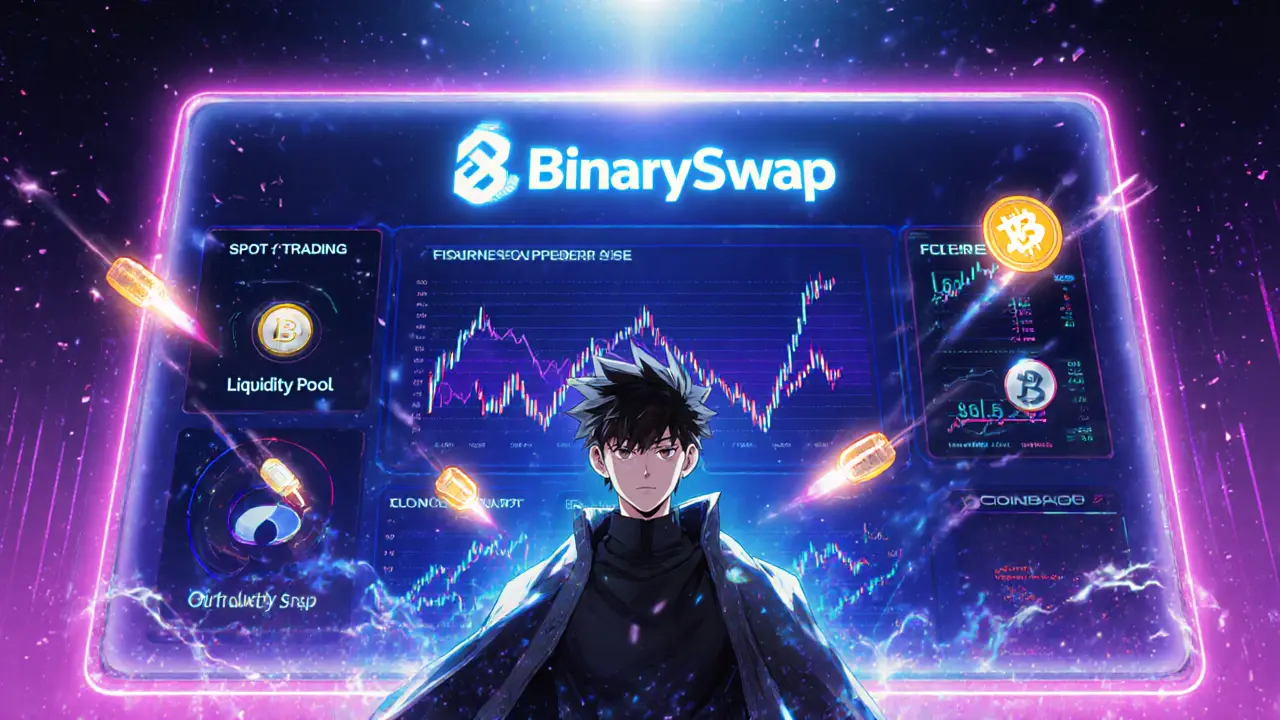

When dealing with Crypto Exchange Fees, the charges users pay for buying, selling, or moving digital assets on a platform. Also known as trading costs, it directly impacts net profit and can make or break a strategy.
One of the first things to understand is that Crypto Exchanges, online services that match buyers with sellers are not all built the same. Some charge a flat percentage on each trade, others add a hidden spread, and a few combine both to create a tiered fee structure. This means crypto exchange fees encompass transaction fees, withdrawal charges, and the spread between buy and sell prices. When you compare platforms, you’re really comparing how each of these components adds up.
The most common fee type is the Trading Fee, the percentage taken from each order execution. Spot markets usually charge between 0.1% and 0.5%, but maker‑taker models can lower costs for liquidity providers. Another important piece is the Withdrawal Fee, a flat amount or network‑dependent cost for moving crypto off the platform. These fees vary wildly depending on the coin and the blockchain congestion, so a low trading fee can be offset by a pricey withdrawal fee.
Beyond the obvious costs, many exchanges impose fees for fiat deposits, margin trading, or even inactivity. Some platforms bundle all these under a single "fee structure" banner, while others list them separately. Knowing the full fee structure helps you avoid surprise deductions that can eat into gains, especially when you operate on thin margins or trade frequently.
Security and liquidity are closely tied to fee decisions. Exchanges with high liquidity often afford lower maker fees because they can spread costs across many users. Conversely, a platform with tighter security measures might charge higher fees to fund audits and insurance funds. So, the relationship between crypto exchange fees and security is a trade‑off you need to weigh based on your risk tolerance.
Regulatory environments also shape fee landscapes. In regions with strict licensing, exchanges may include compliance costs in their fee schedule. For example, platforms operating under U.S. or EU regulations often disclose additional KYC/AML fees that smaller, unregulated services might not charge. Understanding these contextual factors helps you predict future fee changes and plan accordingly.
When you’re ready to compare, look for three core metrics: the taker fee, the maker fee, and the average withdrawal cost for your preferred assets. A simple equation—total cost = (trade amount × taker fee) + withdrawal fee—gives you a quick snapshot. Many sites even provide a fee calculator to automate this, but the principle stays the same.
Below, you’ll find a curated list of articles that dive deeper into specific exchanges, regional restrictions, and real‑world fee comparisons. Whether you’re a beginner trying to avoid hidden costs or a seasoned trader hunting the lowest spreads, the posts will arm you with the data you need to make smarter, cheaper trades.
Take a look at the reviews, fee breakdowns, and security analyses that follow, and you’ll soon have a clear picture of which platform fits your style and budget best.

An in‑depth 2025 review of BinarySwap crypto exchange covering fees, security, spot/futures trading, API reliability and how it compares to major platforms.